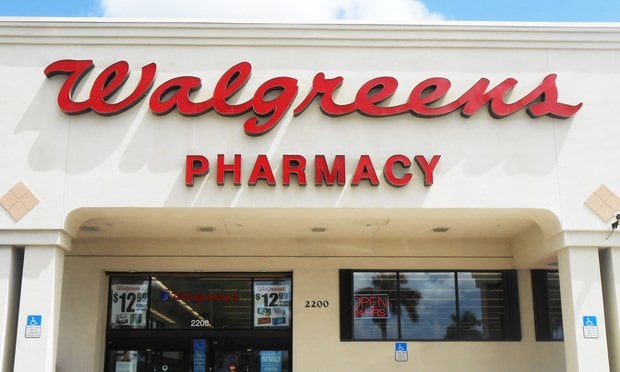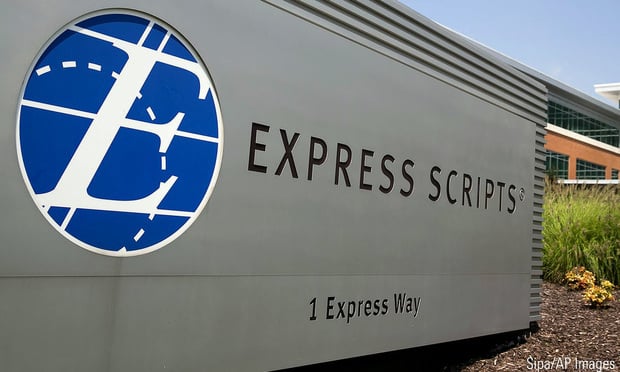Federal spending on health care programs for the poor grew 37 percent between fiscal years 2008 and 2011, new government numbers reveal.
The Congressional Research Office said that the government spent more on Medicaid and the Children's Health Insurance Program than it did in any other category—including cash aid, food assistance, education and housing and development. Health spending totaled $339 billion in 2011, up from $248 billion in 2008.
Overall, federal spending for low-income programs totaled $746 billion in 2011, a 32 percent increase from 2008. But state spending on those programs brought the total to $1.03 trillion. At the request of the Senate Budget Committee, CRS counted more than 80 social benefit programs in its analysis, but excluded programs specifically targeted to help veterans.
Recommended For You
That makes welfare the biggest chunk of federal spending, topping Social Security and U.S. defense.
Cash aid is the second largest category and was 12 spending higher in 2011 than in 2008, while spending for the third largest category—food assistance—increased by 71 percent from 2008-2011.
U.S. Sen. Jeff Sessions, the ranking Republican on the Senate Budget Committee who requested the welfare report, said the numbers underscore a big problem.
"No longer should we measure compassion by how much money the government spends but by how many people we help to rise out of poverty," he said. "Welfare assistance should be seen as temporary whenever possible, and the goal must be to help more of our fellow citizens attain gainful employment and financial independence."
© 2025 ALM Global, LLC, All Rights Reserved. Request academic re-use from www.copyright.com. All other uses, submit a request to [email protected]. For more information visit Asset & Logo Licensing.







